Search Results for: Vertebrates
Skip to resultsCan’t find what you’re looking for? Visit our FAQ page.
1,539 results for: Vertebrates
-
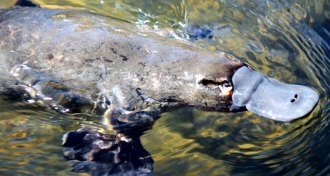 Animals
AnimalsCats and foxes are driving Australia’s mammals extinct
Since the arrival of Europeans in Australia, a startling number of mammal species have disappeared. A new study puts much of the blame on introduced cats and foxes.
-
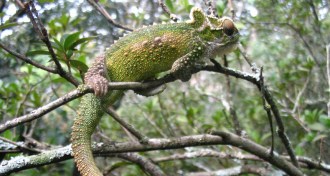 Animals
AnimalsChameleon tongue power underestimated
A South African chameleon species can shoot its tongue with up to 41,000 watts of power per kilogram of muscle involved, a new study finds.
By Susan Milius -
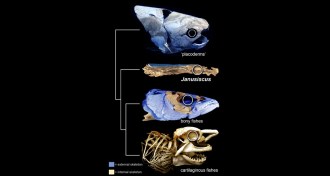 Life
LifeFossilized fish skull shakes up the evolutionary history of jaws
Analysis of a 415-million-year-old fossilized fish skull suggest that the earliest jawed vertebrates probably looked a lot like modern bony fish.
-
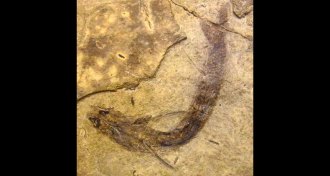 Life
LifeFossil fish eye has 300 million-year-old rods and cones
A fossil fish shows the earliest evidence of rods and cones, cells essential for color vision in vertebrates.
-
 Animals
AnimalsJust enough fat is good for an elephant seal
Fat affects the buoyancy of marine mammals. As elephant seals get fatter, they can spend less energy swimming and more time foraging, a new study finds.
-
 Animals
AnimalsTen real-life Halloween horrors in the natural world
Vampires and witches are nothing compared to mind-controlling parasites, nose ticks and antibiotic-resistant superbugs.
-
 Animals
Animals‘Planet of the Bugs’ reveals the secrets to insects’ success
Entomologist Scott Richard Shaw explores the evolution of insects and how they came to rule the world.
By Sid Perkins -
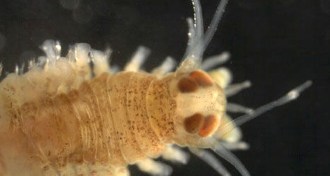 Neuroscience
NeuroscienceMelatonin and the watery beginnings of sleep
The tiny zooplankton Platynereis dumerilii use melatonin just as much as we do, suggesting that the origins of sleeplike behavior may lie under the sea.
-
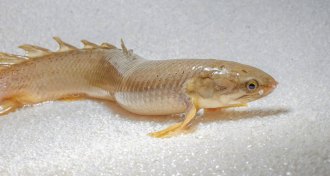 Animals
AnimalsA fish reared out of water walks better
The normally aquatic fish Senegal bichir raised on land suggests how ancient species might have transitioned into terrestrial ones.
By Susan Milius -
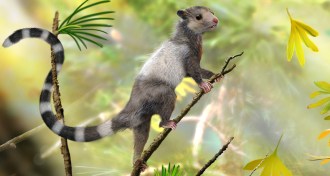 Paleontology
PaleontologyFossils push back origins of modern mammals
Fossils of three newly identified early mammals from China suggest that the common ancestor of today’s mammals lived over 200 million years ago.
By Meghan Rosen -
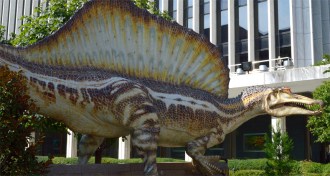 Paleontology
PaleontologyLost-and-found dinosaur thrived in water
Fossils pieced together through ridiculous luck reveal Spinosaurus to be the only known dinosaur adapted for regular ventures into water.
By Susan Milius -
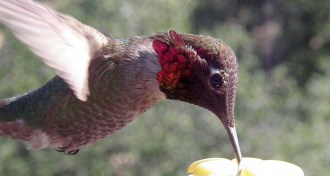 Animals
AnimalsHummingbirds evolved a strange taste for sugar
While other birds seem to lack the ability to taste sugar, hummingbirds detect sweetness using a repurposed sensor that normally responds to savory flavors.